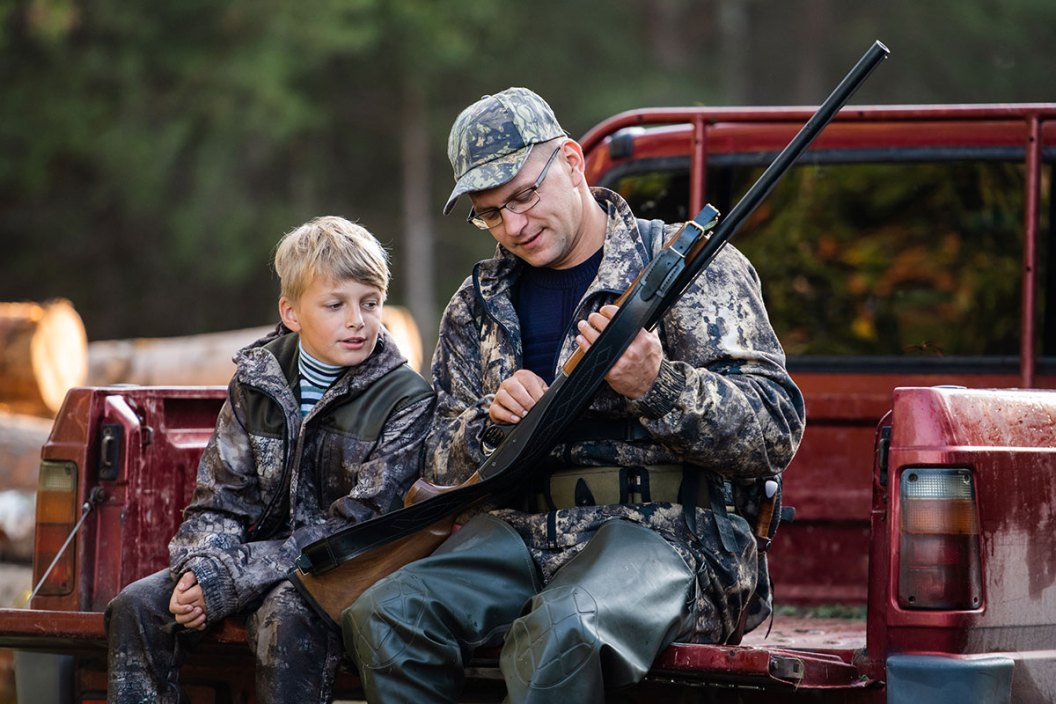WATCH THE VIDEO
One Minnesota legislator is pitching his case for a way to get children more involved in the outdoors.
It's no secret the world has changed and continues to change, but the new generation's obsessive need to be in front of a screen at all times, as well as its lack of interest in the outdoors, is alarming. Most of adults would tell you they grew the most as people when they were out of the house, so how do we get this future generation out of this weird rut?
This is why Sen. Justin Eichorn of Grand Rapids is pushing for the addition of firearms safety, hunting, trap shooting, fishing and archery to physical education classes.
"We're trying to help get our Minnesota kids away from the TV and get them out in the woods and on the water again to get them hooked on the outdoors and hooked on fishing," Sen. Eichorn told the Senate Education Committee. "We want to start bending that curve to get children to care about the outdoors and the history of and heritage of hunting and fishing in Minnesota."
According to a report from WBIR, if SF 793 passed, the initiative would be treated as a "pilot project" at six Minnesota schools. The curriculum for said classes would come from the Department of Natural Resources, although DNR officials would have to speak with local Native American communities.
Kevin Murphy, a sixth grade teacher in Cass County, also spoke at the hearing, as his school district already teaches many of the subjects in Eichorn's bill. He says firearms safety, snowmobile safety, ATV safety, boat safety and fishing are essential to the school's curriculum.
"That is huge in local culture," he said. "The firearms safety part of it, the hunting aspect of it, the outdoor education is all very, very important as a cultural element."
The bill will be finalized near the end of the session, according to WBIR.
What We're Working Against
It's a fear shared by many Americans, especially those who take advantage of the outdoors. It's easily one of the most significant cultural shifts from generation to generation. It's technology.
Certainly playing a role is the collective fear of technology gripping outdated industries tightly enough to squeeze out an obsolete workforce. But younger Americans who escaped the technology-carved divide between generations see a problem on the horizon that could be more troubling than the one we're leaving behind.
Millennials grew up with some preliminary video games, but back then, a game of Mario Kart didn't feel much different than a quick game of air hockey. It was something fun to do, but it generally played an appropriate, intermittent role in kids' lives.
Cable television preceded the generation altogether, but kept a safe distance with an obnoxious number of commercials.
Cell phones couldn't do much of anything but call and text for years. In fact, the first iPhone didn't hit the shelves until 2007.
NEXT: ANTIQUE HUNTING GEAR: WHY WE LOVE IT, AND WHY IT'S WORTH SO MUCH TO US




